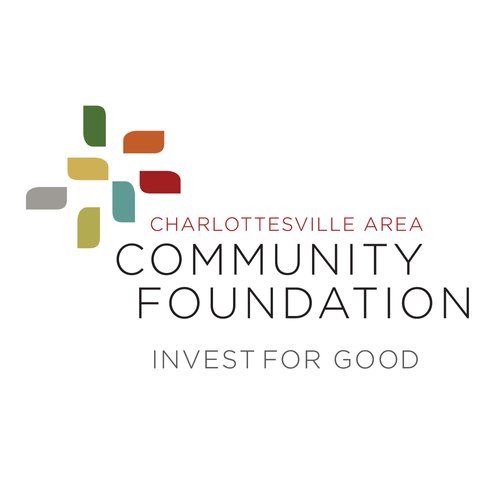New City Arts presents Nothing/Versions/The Same/The Difference, an exhibition by Ashon Crawley featuring work he created during his New City Arts Fellowship.
New City Arts' Welcome Gallery
114 3rd St. NE, Charlottesville, VA 22902
Art on Display
Walk by Welcome Gallery at 114 3rd St. NE to see Ashon's work through the large storefront window.
Gallery Hours
Want to see the work up close? Private, free, in-person viewings are available between January 25 and 28. All appointments have been filled.
Exhibition Events
otherwise is not a place but a practice: Jan 28 at 7:30PM (Virtual)
Sponsors: The New City Arts Fellowship is supported by a Community Recovery & Catalyst grant from the Charlottesville Area Community Foundation and Maurice Wallace and Pam Sutton-Wallace.
About the Fellowship
The New City Arts Fellowship at Welcome Gallery supports six Charlottesville-area artists from January-June 2021 working on projects related to the theme Next Breath: History, Hate, Possibility, written by Maurice Wallace. During their fellowship, artists are working to address the ongoing impacts of systemic racism and the COVID-19 pandemic through creative projects that deeply and imaginatively relate to breath as the essence of life and freedom. Each artist receives one month in 2021 to transform Welcome Gallery into their studio space, a $400 honorarium, a stocked pantry with their favorite snacks, and an opportunity to engage the community with their work at the conclusion of their fellowship.
To learn more about these artists and their fellowship projects, visit our website. Opportunities to engage with their work are ongoing from January to June 2021.
Exhibition Statement (provided by the artist)
Having grown up and learned about life and love in the spiritual space of Blackpentecostalism, I was able to sense the world by paying attention to how my flesh felt. We sang songs loudly. We danced and shouted. We spoke in tongues. The flesh was the conduit through which praise and worship happened. But the flesh was also a site to control, a site that was always available to sinfulness. The doctrine about queerness as beyond the scope of possible joy and holiness is a doctrine I had to reconcile and eventually contend against.
For my visual arts practice, I use choreography to paint, hand clapping to splatter, I use voice to sing and make music. I listen to recorded church services, clap and dance and play the tambourine to the rhythm of the sounds and music with paint on my hands or feet. I use paint, ink and canvas, paper and other surfaces to visualize that which remains after my body moves to the sound of the music and of praise, to more fully consider residue, lingering, that escapes capture. And I use sound practices to bring together Neo-classical music with Blackpentecostal praise and sounds of the Hammond organ. My art practices, these performances, I create in order to think about the ways the religious as a conceptual domain and field of thought has sequestered particular kinds of meditative, transformative, collective modes of existence, reflection, behavior. With audiovisual practices, I have occasion to think about hiddenness, about the practice of composing and constructing, of putting ideas and concepts and colors and sounds together, taking them apart.
Nancy Ambrose, grandmother of mystic thinker Howard Thurman, when she was alive vowed that if she ever became literate, she would refuse to read biblical passages by Saint Paul because his words were used against enslaved people. She created her own canon, engaged in critical reading practices of the text. Scripture, in general, is often used against the flourishing of life. It is often used to encourage and sustain. It can be read variously and we have to choose critical and generous engagement, but this will be grounded in the world we wanna make and allow to flower and unfold together. Nancy Ambrose practiced otherwise possibility when thinking about scripture. She unsettled it, made it contingent. My work is an attempt toward a similar kind of process, a similar kind of thinking, about texture and color and critique. I hope with my work to do the same, to honor traditions of my emergence while thinking and feeling with and against it. Whether writing, sound performance or visual art, Augmented Reality or the painterly, the work is about exploring versions of the same, the same with difference, otherwise possibility.
About the Artist (provided by the artist)
I am a teacher, writer and audiovisual artist, attempting to honor blackqueer life and spirituality. My work, from writing to performance, is about the blackqueerness and spirituality and mysticism and relation and... How can black folks, blackqueer folks, breathe in this world full of violence and antagonisms? I write about this in my first book Blackpentecostal Breath: The Aesthetics of Possibility (Fordham University Press 2016) and in my second book, The Lonely Letters (Duke University Press 2020). And I explore these concepts in my visual, sound and digital art practices.
Images courtesy of the artist.
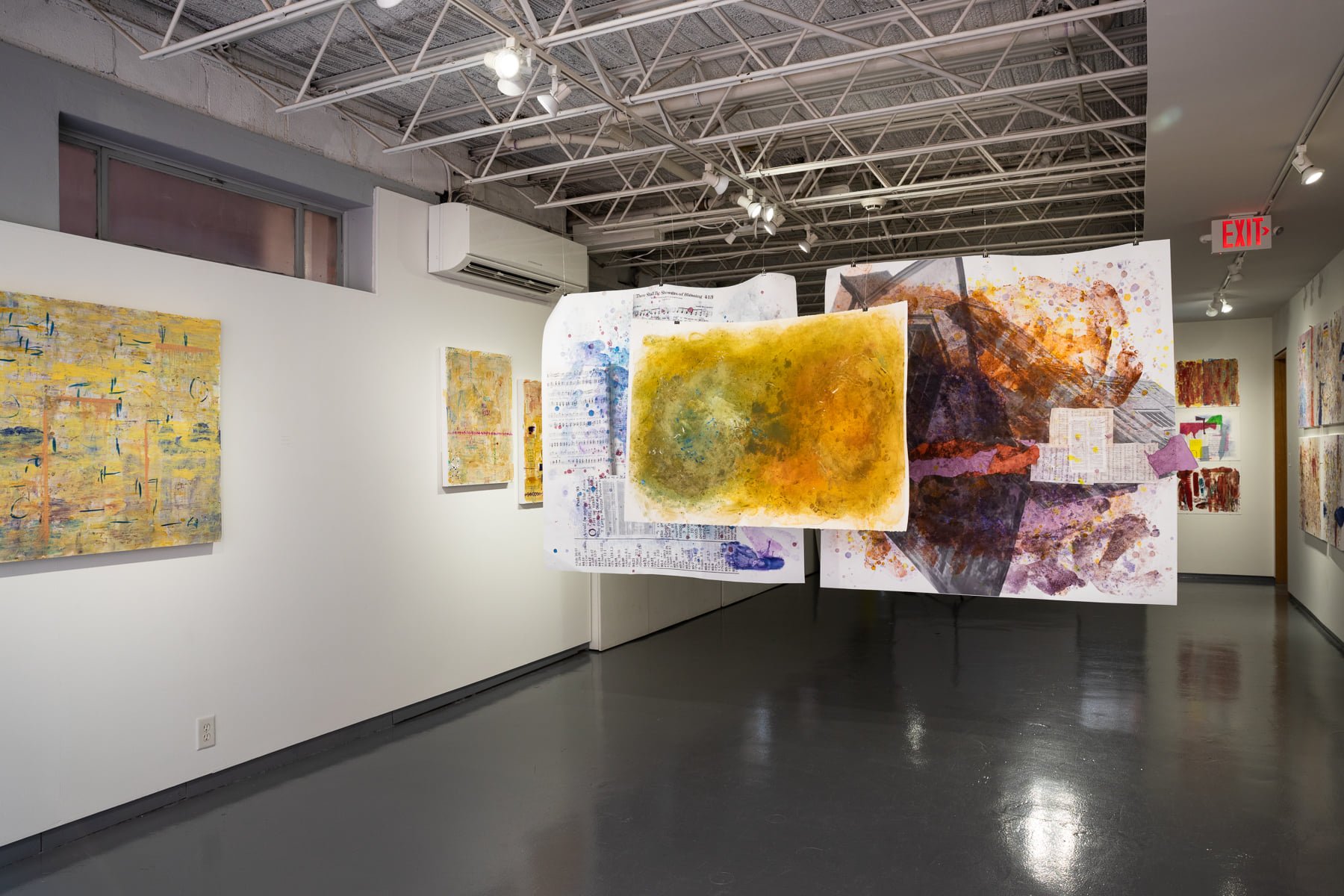
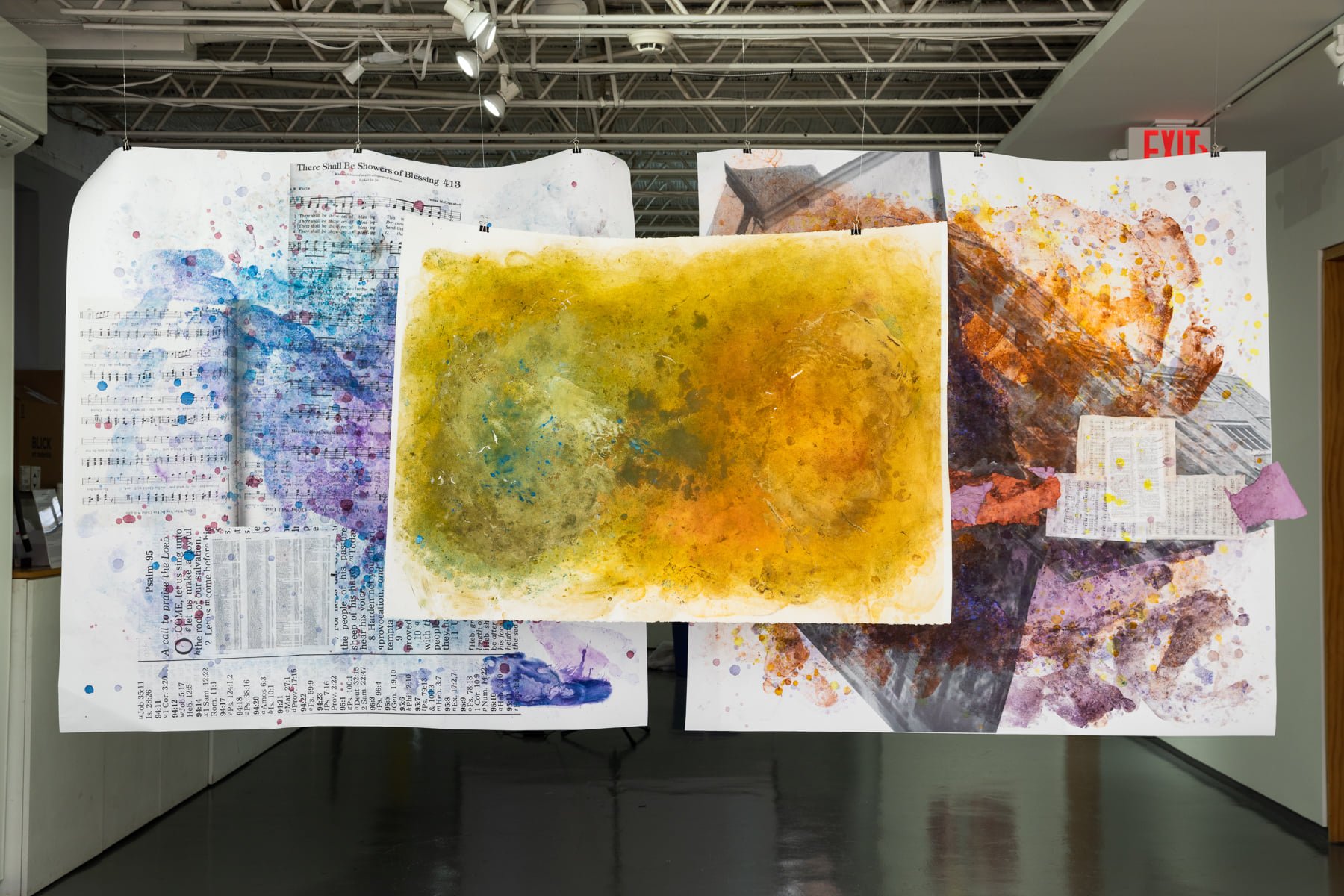
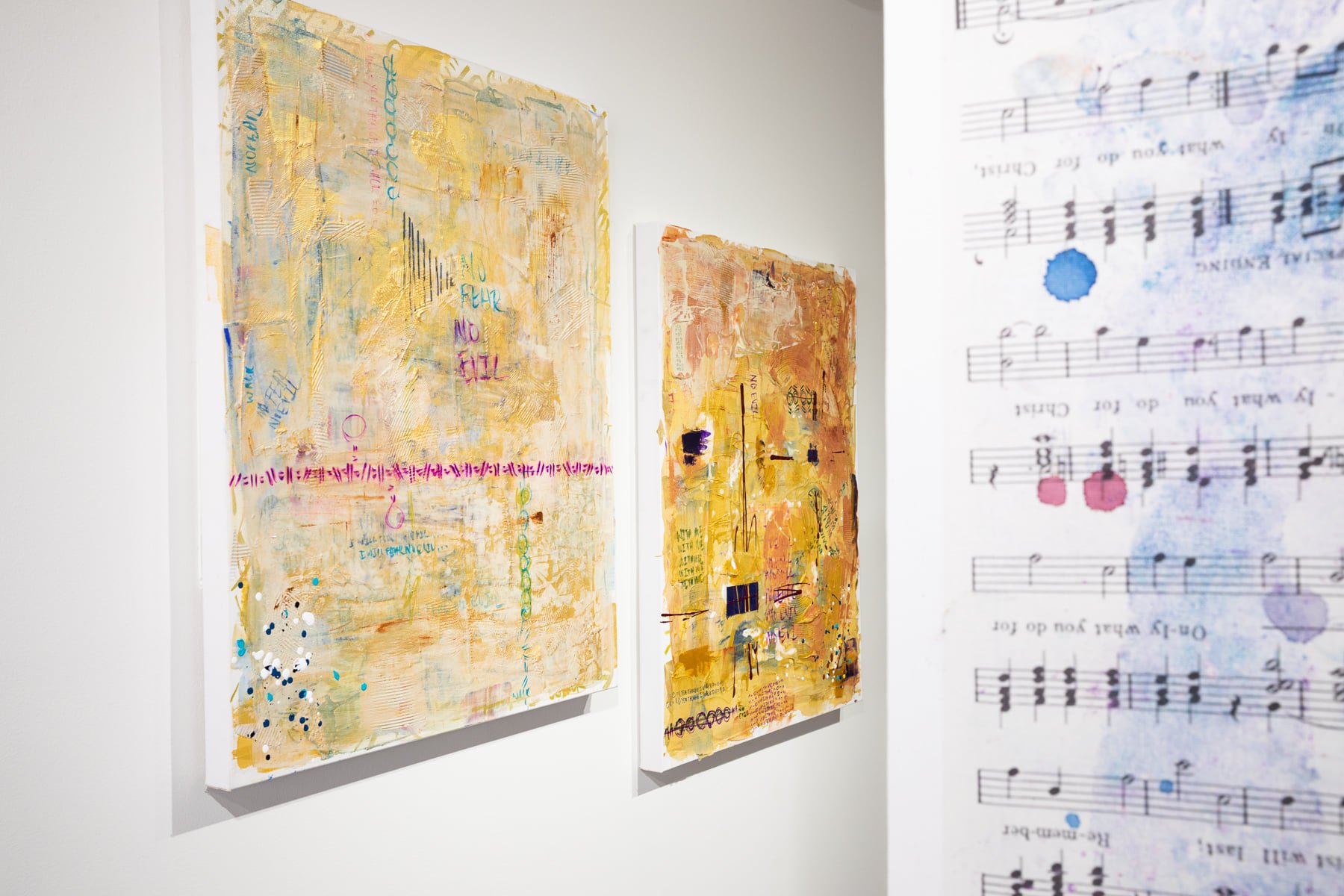
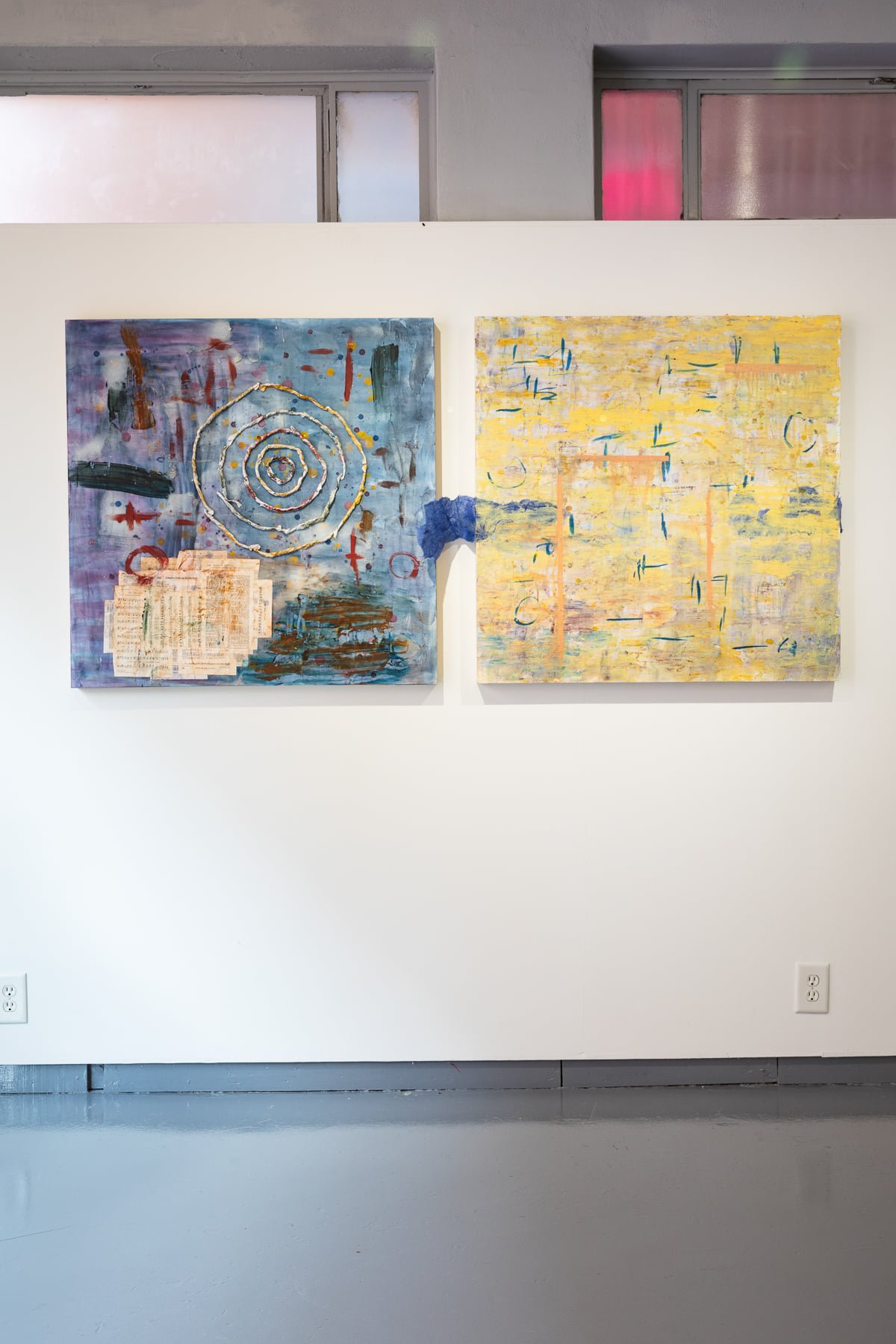
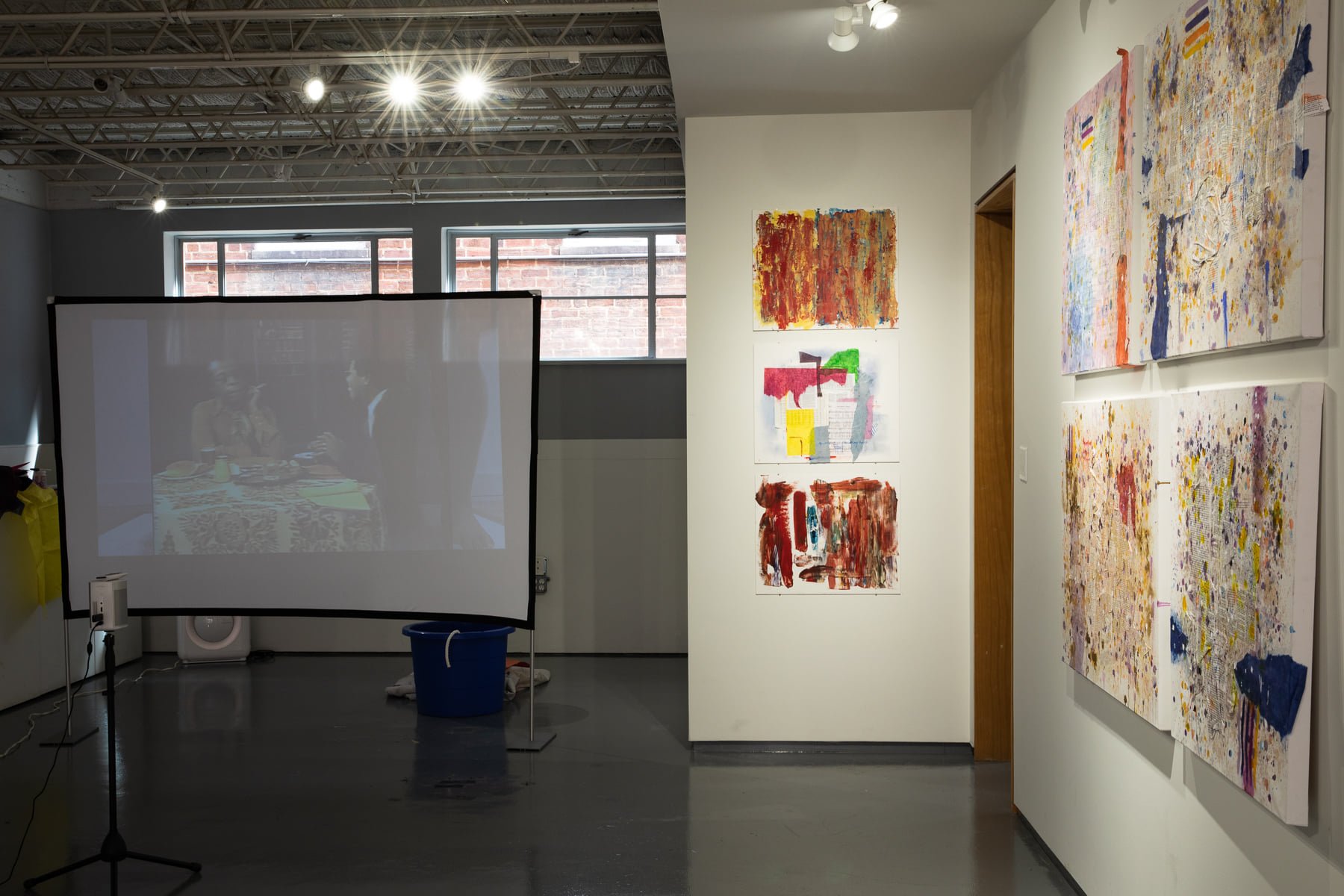

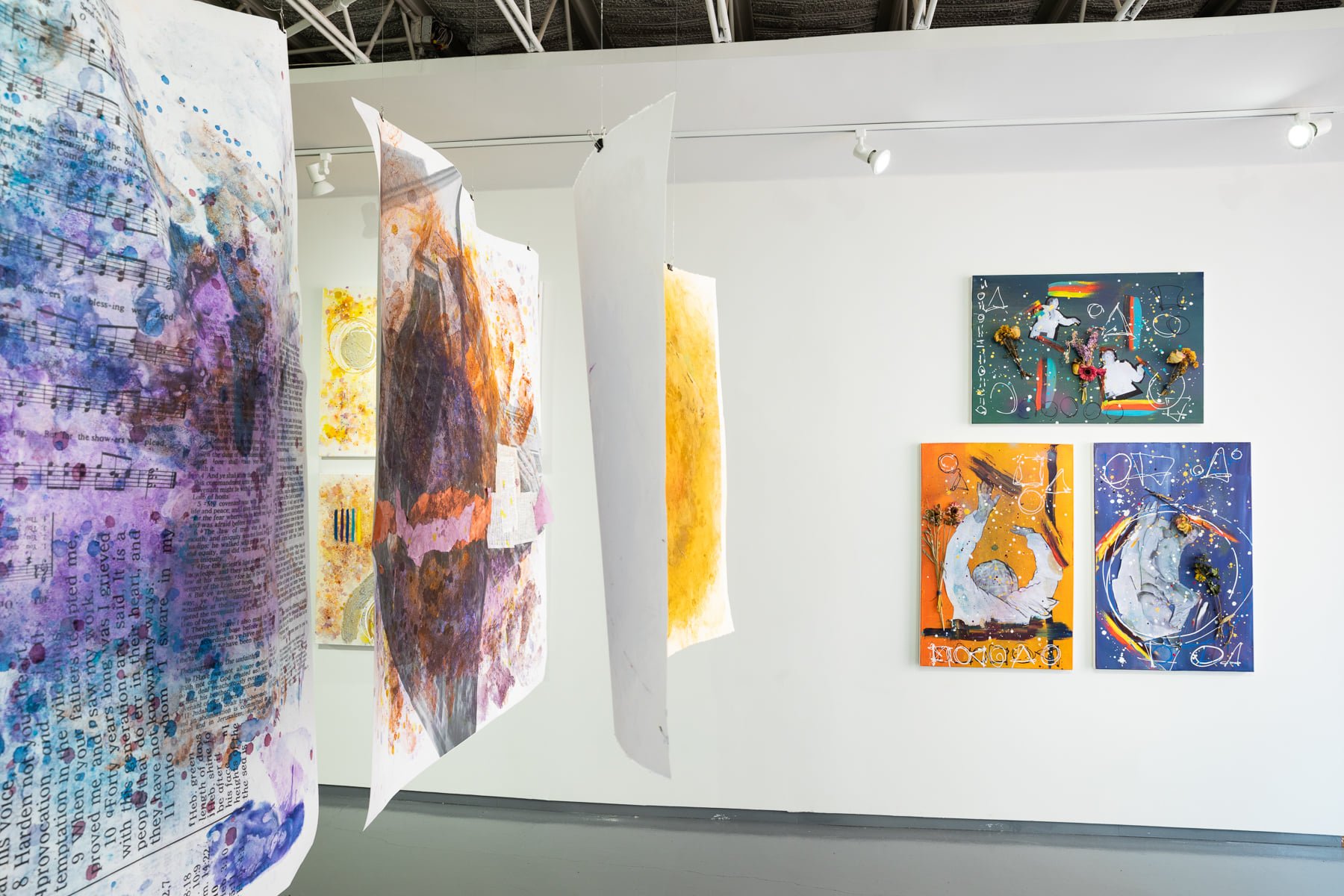
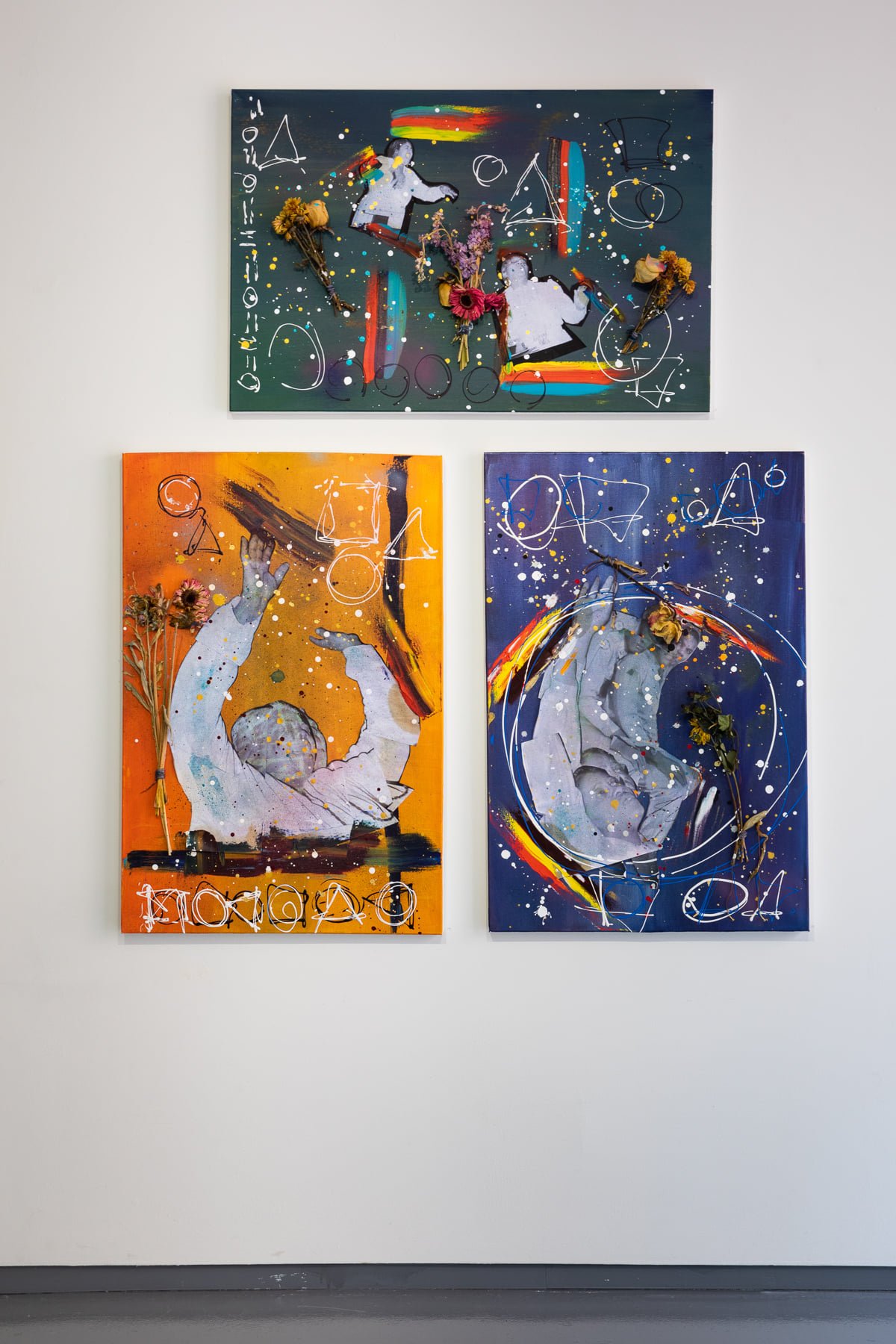
Photos by Stacey Evans Photography
